In this article, we will discuss how cement grinding, cement activation, microcement production, and dry mortar production are carried out by means of vortex layer devices.
Cement is the most expensive part of concrete that considerably determines the quality of concrete products, as well as the reliability and durability of structures built on their basis. However, in most cases, the potential of cement binding properties is not utilized to a full extent which leads to additional financial expenses and deterioration in the quality of construction materials. It is associated with two factors:
- Individual cement particles (70 microns and more) are not fully involved in the hydration process. On average, the amount of unhydrated cement reaches 20–25%.
- When stored for a month, cement can lose up to 15% of its activity due to the absorption of moisture from the air (the so-called “stale” cement is formed).
It is possible to improve the efficiency and reduce the consumption of binder by increasing the grinding fineness, optimizing the granulometric composition, and changing the shape of powder particles. In the event of “stale” cements, activation is required; it allows restoring the initial binder grade. Reground and activated cement is characterized by accelerated hydration and rapid strength growth.
Cement activation — main ways
Cement activation can be carried out in two ways:
- mechanical;
- chemical.
For mechanical activation, special dispersants (pulverizers) or a cement mill are used. More often than not, these are rather large devices the operation of which is accompanied by high noise level and high electricity consumption. There are also capacity issues. For example, the capacity of a ball mill decreases rapidly when cement is produced with the specific surface area above 2500 cm2/g.
Chemical activation involves blending in special additives that act as a moisture “shield” for cement particles. In this article, we will focus on mechanical activation.
Cement grinding by means of a cement disintegrator AVS
One of the promising ways to increase the efficiency of cements can be using the energy of electromagnetic fields, in particular, that of cement disintegrator (Figure 1).
Figure 1 – A cement disintegrator: 1 – protective bushing; 2 – inductor of rotating electromagnetic field; 3 – inductor housing; 4 – operating chamber made of non-magnetic material; 5 – ferromagnetic particles
In terms of design, the device is similar to an asynchronous motor with a removed rotor in the place of which an operating chamber made of non-magnetic material is located (4). An inductor is used to create a rotating electromagnetic field (2). The field itself is closed in the area of the device operating zone bounded by the housing (3). The processed material is fed into the operating chamber where the particles (5) made of ferromagnetic material are located as well.
Driven by a rotating electromagnetic field, ferromagnetic particles move along complex trajectories generating some kind of a vortex layer. In this layer, cement mixing and cement pulverization occur at an intensive rate with the cement concurrently exposed to an electromagnetic field and high local pressure. The cement is affected not by a free impact, but by constrained collision of the ferromagnetic particles with one another and with the chamber wall. The contact surfaces upon impact are fairly small, and the impact point itself has a random position relative to the symmetry axis of colliding ferromagnetic particles. Therefore, even at relatively low speeds, very high forces are generated. In addition, the number and frequency of impacts between the particles are quite large. The parameters of the particles (length, diameter, and their ratio), as well as the filling factor of the operating chamber are selected empirically, based on the type of processed substance.
Cement activation and grinding — experiment results
Logvinenko, the developer of cement disintegrator AVS, was the first to use it for cement activation. In particular, he studied how the specific surface area of binder changes depending on the duration of processing in the device. It was found that after ten minutes of processing, this parameter increased from 3,080 to 4,965 cm2/g, after twenty minutes — to 5,477 cm2/g, and after thirty minutes — to 6,724 cm2/g.
We set the task to study the properties of concrete (the ability to withstand high dynamic and vibratory loads) made on the basis of “caked” cement and the same cement, however processed in AVS device. For processing, we took the cement of CEM I 32.5 R grade with the grinding fineness of 80 microns and the inclusion of large clumps resulted from long-term storage.
Figure 2 – Initial “caked” cement
Cement grinding took place in AVS-100 cement disintegrator manufactured by GlobeСore for 30 minutes with the use of steel ferromagnetic particles. After cement pulverization, its grinding fineness made 5–10 µm.
Samples in the form of a rectangular parallelepiped dimensioned as 0.04 m x 0.04 m x 0.16 m were made for testing.
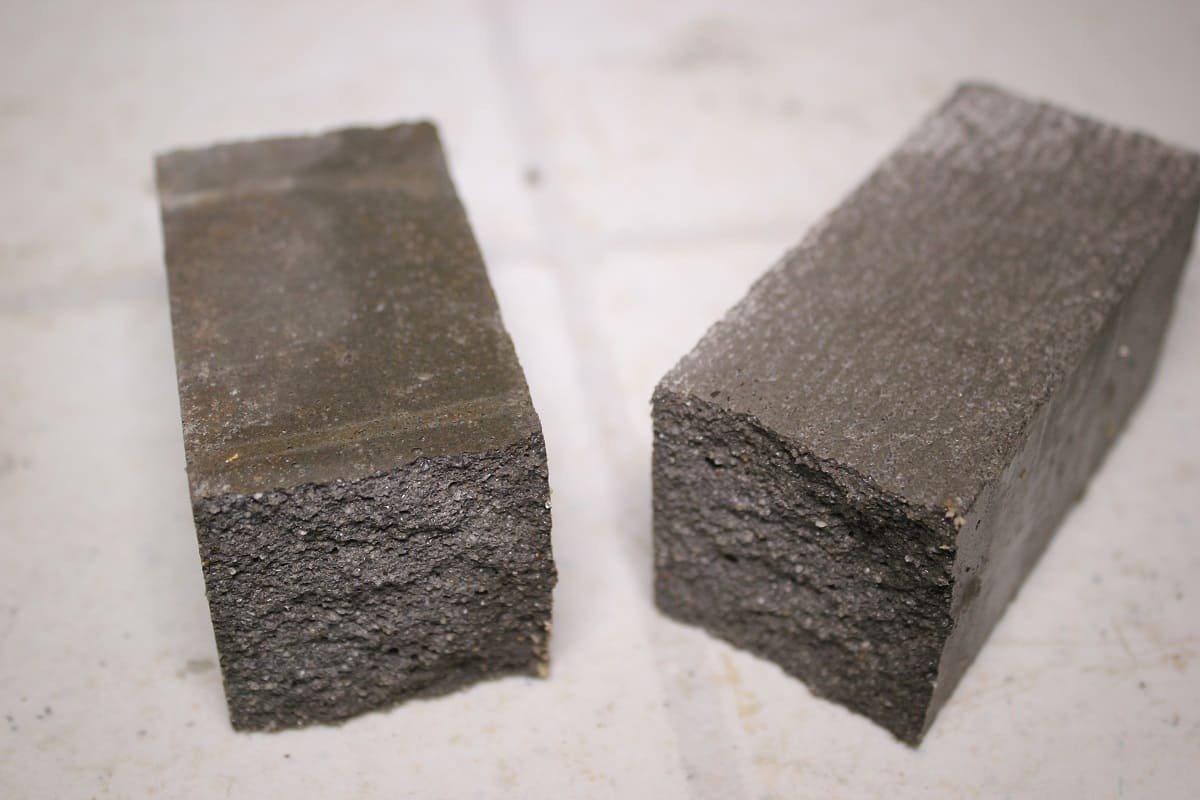
Figure 3 – Studied sample after testing
In order to prepare a mortar, CEM I 32.5 R cement, standard multi-fraction sand, and water (at a water to cement ratio of 0.4) were used.
Table 1 – Results of sample bending and compression tests
| Material | Ultimate bending strength, MPa | Ultimate compression strength (on the 28th day), MPa | |
| On the 8th day | On the 28th day | ||
| Initial cement | 2.83 | 4.86 | 14.51 |
| Cement processed in AVS-100 device | 3.73 | 6.08 | 42.66 |
As the table shows, the ultimate bending strength of the samples increased by 30% already on the 8th day when the cement was processed in AVS cement disintegrator. The ultimate compression strength of the samples made on the basis of the cement reground and activated in AVS cement disintegrator increased 2.9 times.
Thus, the use of AVS cement disintegrator saves cement and consumes less electricity. The electricity saving effect is explained by the fact that spending relatively small power, several tens or hundreds of pulverizers can be obtained, because each ferromagnetic particle moving in a vortex layer is actually a mini-pulverizer.
In the technological process of concrete production, AVS cement disintegrator can also be used for magnetic activation of water (without ferromagnetic particles), activation of sand, as well as combined processing of a sand and cement mix in order to obtain activated ingredients for preparing a mortar. The devices are easily integrated into existing technological lines without great effort and expense; therefore, they can be used to modernize operating production facilities.
The results obtained and the special aspects of AVS cement disintegrator operation indicate that the device can carry out not only cement grinding, but also can be efficient in microcement and dry mortar production.
Microcement production
Microcement is a relatively new material. It is based on cement, but more finely ground than regular construction cement, as well as on polymer additives, quartz, and color pigments. Owing to minute grain size, high fluidity, and low viscosity in water-containing mortars, microcement is able to penetrate even into the smallest cracks and pores, as well as to fill the spaces between the grains of rocks and minerals. And high strength and adhesion allow using microcement for finishing any hard surfaces when performing interior and exterior work. Microcement makes building structures stronger and more durable and imparts treated surfaces with waterproofing qualities.
The main characteristic of microcement is grinding fineness which is of primary importance when it hardens at the first minutes and hours of setting. And not every industrial mill can ensure the particle size of 5–15 microns with little electricity spent for that purpose.
Grinding complexes based on GlobeCore AVS cement disintegrator cope with this task. The process of microcement production in such grinding complexes starts with premixing the initial ingredients after which the obtained mix enters the operating chamber of the vortex layer device (Figure 4). Over there, the product particles are pulverized under the influence of steel needles that move along complex trajectories and are set in motion by an electromagnetic field. From the operating chamber outlet, the pulverized product goes to a vibrating sieve where it is sifted, and larger particles which size is incompliant with the requirements go back to the operating chamber of the vortex layer device for regrinding.
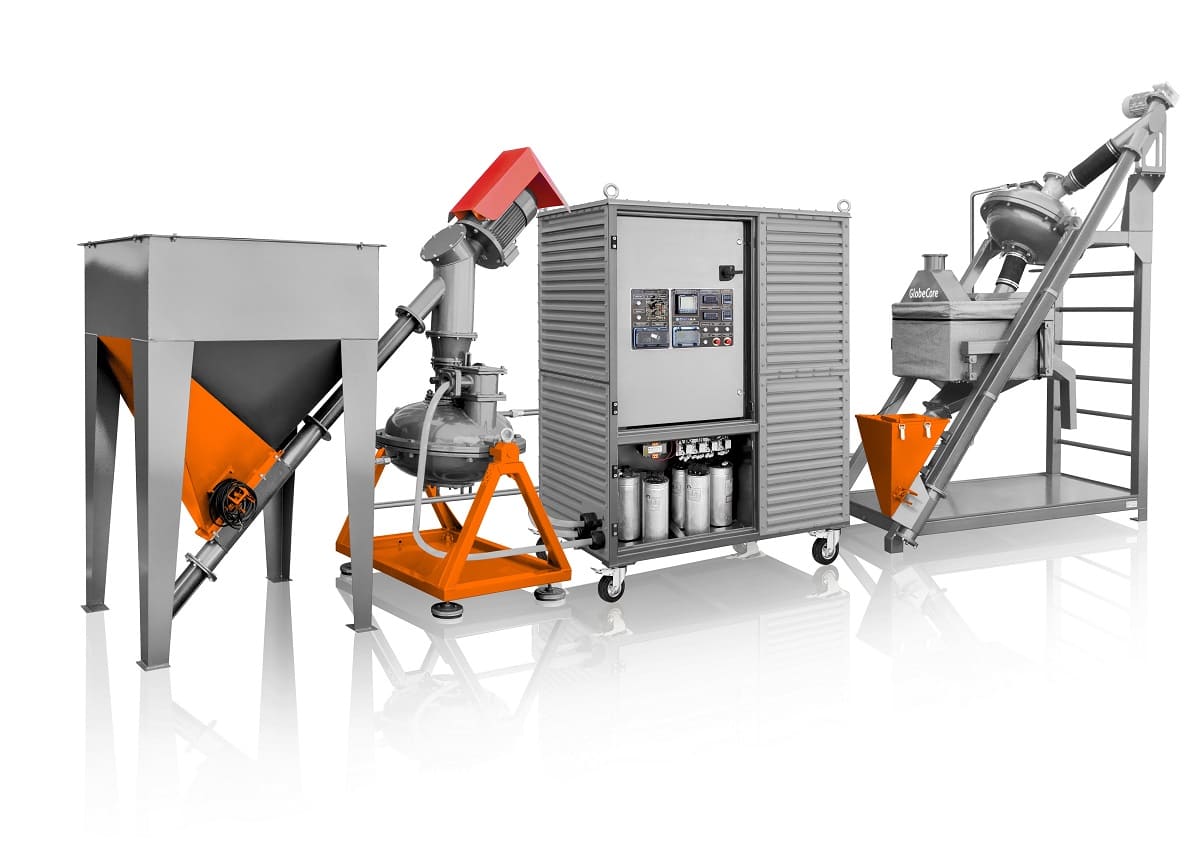
Figure 4 – Grinding complex for microcement production
As a result, microcement of required dispersion degree is obtained which is completely ready for prepacking.
Grinding complexes for microcement production based on cement disintegrator AVS have a distinction of being compact in size, and the device itself is distinguished by low electricity consumption compared to conventional mills which is only 9.5 kW.
Dry mortar production
A dry mortar typically consists of a binder (cement, lime, or gypsum), a filler (sand), and targeted additives to adjust the mortar properties. All the particles of mix ingredients shall react with water, but in practice, larger particles remain unhydrated.
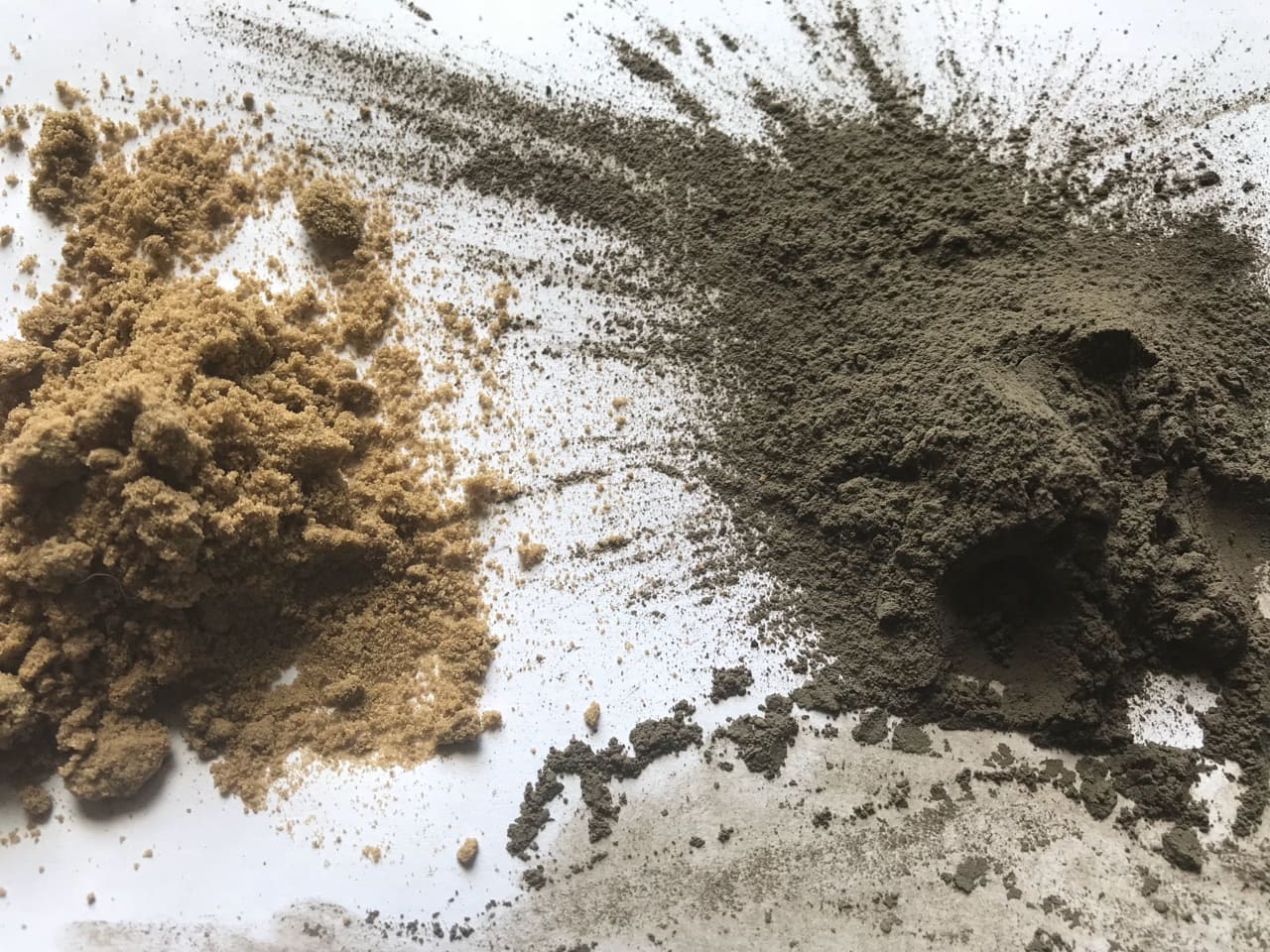
Figure 5 – Construction mix ingredients
Therefore, the equipment for dry mortar production shall address several tasks:
- if necessary, it shall regrind the particles of initial ingredients;
- it shall activate the particles of initial ingredients, i.e. increase their ability to react with water;
- it shall mix the ingredients uniformly until a homogeneous mix is obtained.
- All these tasks can be addressed using one means — AVS disintegrator.
The device operates as follows. The initial ingredients (a binder, a filler, and additives) are simultaneously fed into the operating chamber as per a specified ratio. Due to the comprehensive effect of a rotating electromagnetic field and the impact of ferromagnetic particles, not only regrinding, but also activation of ingredients are carried out. This activation occurs even when the particle sizes remain unchanged.
While moving and colliding, every needle becomes not only a pulverizer, but also a mini-mixer ensuring that the ingredients are uniformly mixed and distributed; thus, a construction mix ready for prepacking is formed at the operating chamber outlet.
The use of vortex layer devices allows arranging the dry mortar production, reducing the electricity consumption, and saving the money by partial replacement of a binder with an activated filler without detriment to the reliability of building structures.


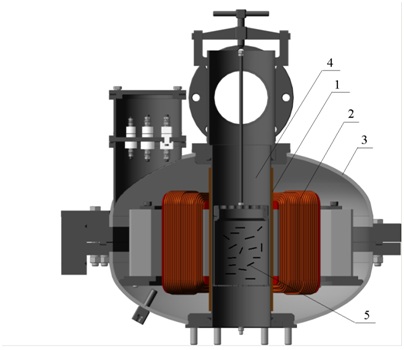
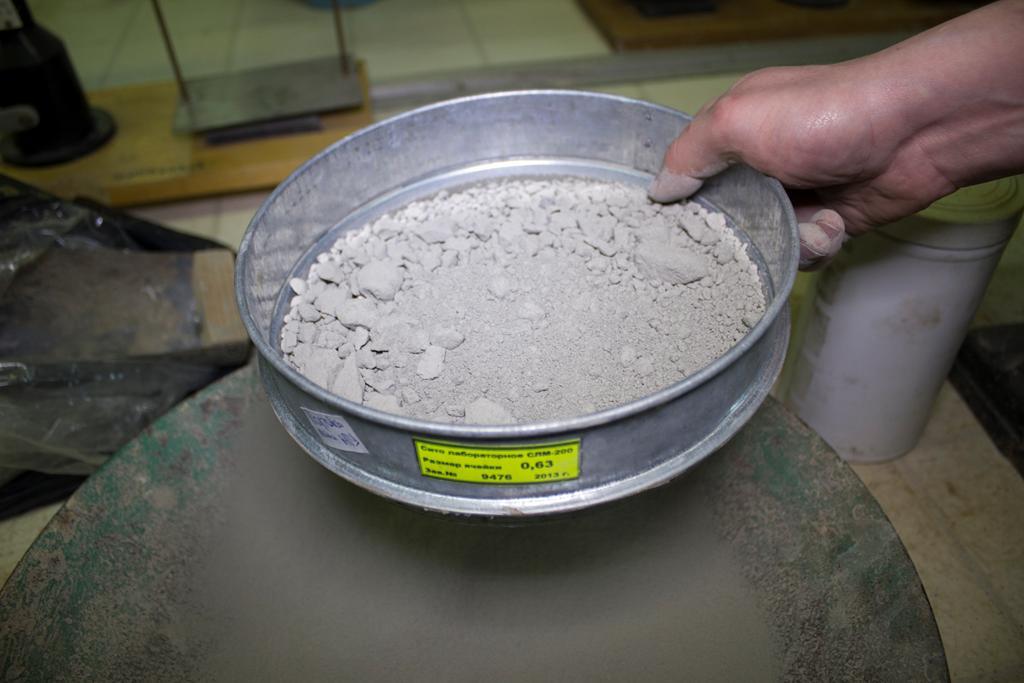
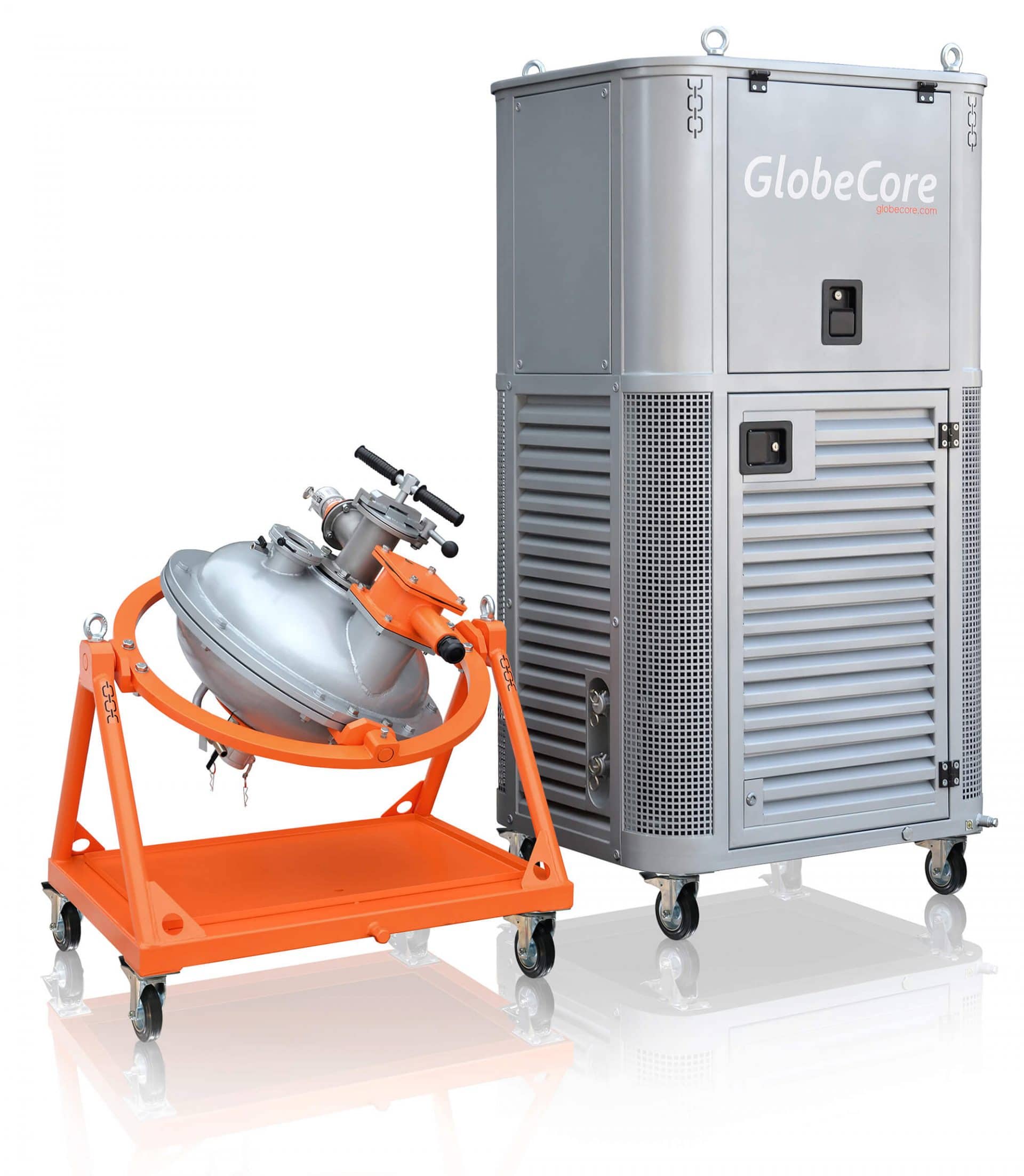 AVS-100 Mixing Machine. ...
AVS-100 Mixing Machine. ... AVS-150 Chemical Mixing ...
AVS-150 Chemical Mixing ...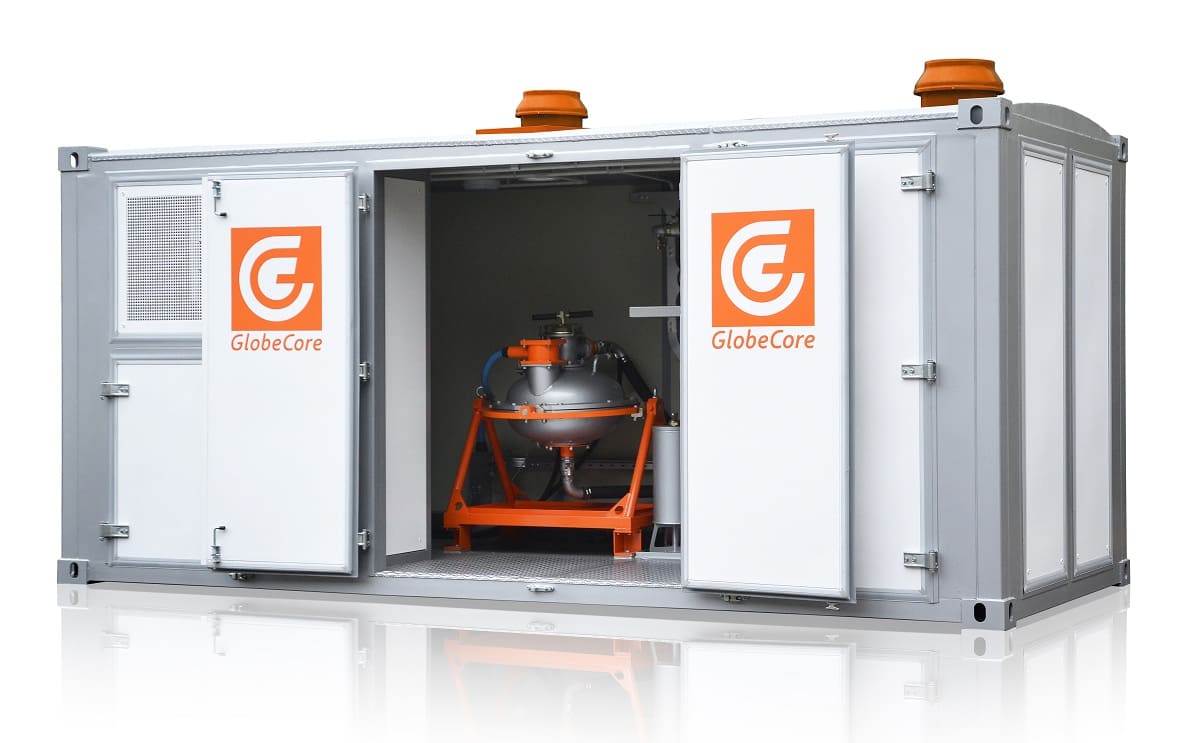 AVSk-150 Wastewater Treatment ...
AVSk-150 Wastewater Treatment ...